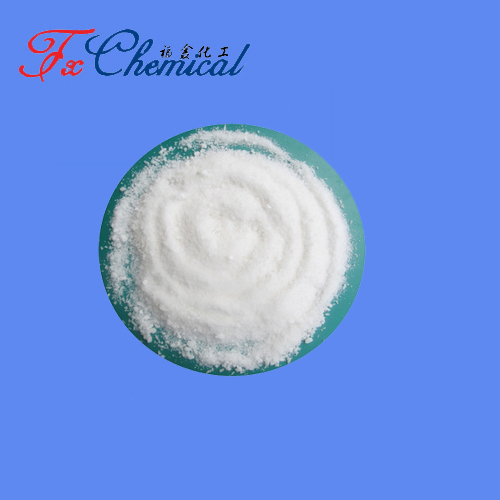
Search

Search

Sucrose stearate (CAS 25168-73-4) is a nonionic surfactant synthesized by the esterification reaction between sucrose and stearic acid. This compound is non-toxic, tasteless, and easily biodegradable, making it an ideal choice in various fields. Due to its excellent emulsifying, dispersing, and antibacterial properties, sucrose stearate is widely used in the food and pharmaceutical industries. Among the market offerings, the S series sucrose stearates (CAS 25168-73-4) developed by Mitsubishi Chemical Corporation of Japan are the most renowned. These products come in different grades composed of various proportions of sucrose fatty acid monoesters, diesters, and polyesters. Particularly, the S series is extensively used in the production of margarine, confectionery, and beverages due to its wide range of HLB values and unique physicochemical properties.
Sucrose stearate (CAS 25168-73-4) is typically obtained through chemical synthesis or enzyme-catalyzed synthesis. In the chemical synthesis process, the products of the S series sucrose stearates are generally composed of monoesters, diesters, and polyesters. The monoester content significantly impacts the HLB value, foaming properties, and emulsifying properties of sucrose stearate. Enzyme-catalyzed synthesis is increasingly favored due to its mild reaction conditions, high selectivity, and environmental friendliness. Especially the process catalyzed by lipase allows for more precise control over the reaction. Although the hydrophilicity of sucrose and the hydrophobicity of long-chain fatty acids pose certain challenges in this synthesis process, modern technology is continuously optimizing these reaction conditions.
The HLB (Hydrophilic-Lipophilic Balance) value is one of the key indicators of surfactant performance. For sucrose stearate (CAS 25168-73-4), the HLB value directly affects its emulsifying ability and foaming properties. Research shows that changes in HLB values are closely related to the proportion of sucrose stearate monoesters, diesters, and polyesters. For example, sucrose stearates with higher HLB values generally exhibit stronger emulsifying ability and foam stability. However, as the HLB value decreases, its foaming ability and foam stability also reduce, which is closely related to the changes in the content of different components. Specifically, increasing monoester content usually raises the HLB value, thereby enhancing its hydrophilicity and emulsifying performance, while an increase in polyester content may lead to a decrease in foam stability.
In practice, by adjusting the HLB value of sucrose stearate (CAS 25168-73-4), one can optimize its performance in various applications, such as an emulsifier in food processing or a stabilizer in cosmetics. Effectively controlling the HLB value can significantly enhance product performance, thereby meeting different industrial needs.
Overall, sucrose stearate (CAS 25168-73-4) has become an important member of the surfactant field due to its excellent properties and extensive application prospects. Further research into its synthesis methods and performance characteristics can better leverage its role in various industries and promote the development of related technologies.

Quick Links
Add:
E-mail:
 English
English  Español
Español  français
français  العربية
العربية 主图.jpg)


